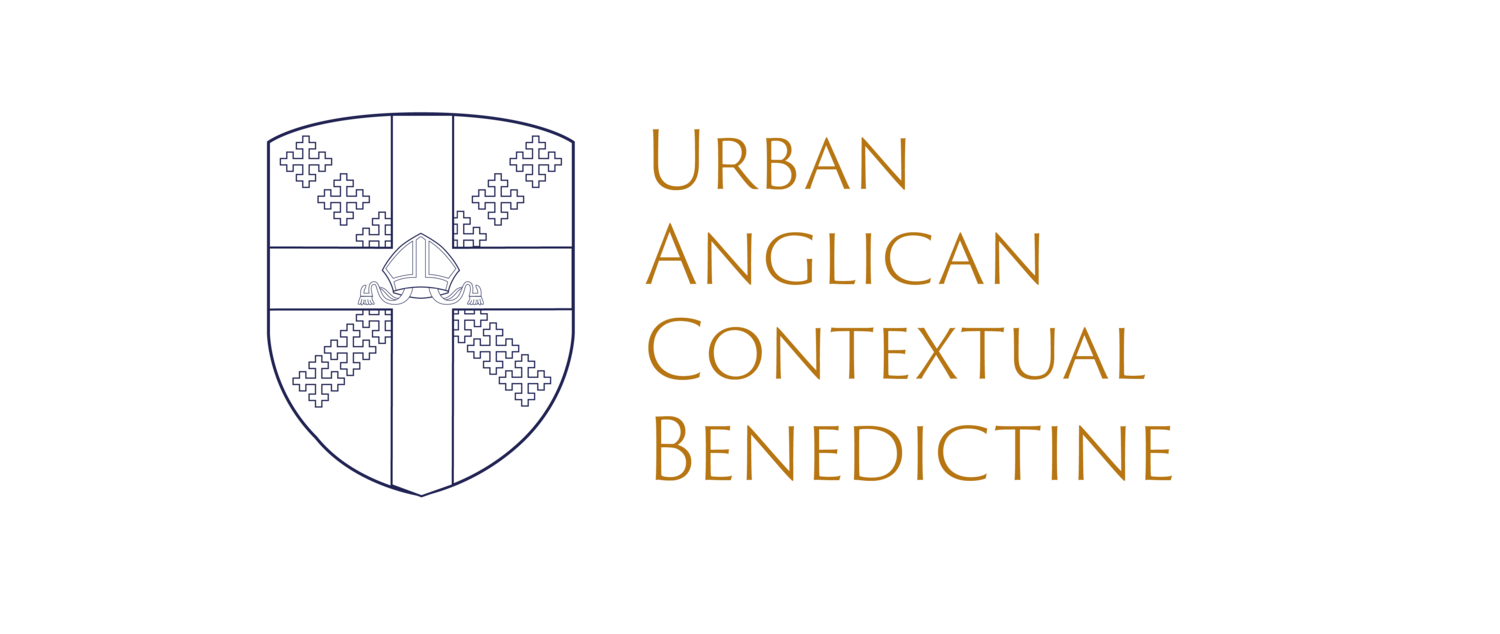Incarnational Theology- Revisited
by Whitney Altopp
The Rev. Whitney Altopp serves as Rector of St. Stephen’s, Ridgefield, CT, coming upon the start of her tenth year. She graduated with her M.Div. from GTS in 2002 and is currently a D.Min. candidate in Contextual Leadership at Palmer Seminary. Her work is entitled Holy Experiments: Discovering the Church in the New Missional Age with Gen Z in the Episcopal Church in CT.
The theological issue that makes Christianity stand alone within the panoply of religions is the point that God became human. Jesus did not take on the form of a human, as Docetism claimed. Nor did he deny his Divinity, as Arianism argued. He was both fully human and fully Divine. The church Fathers spent a great deal of time articulating this precisely in the First Council of Nicea (325). Nevertheless, conversation on Jesus’ fully human and fully Divine nature has continued, as is demonstrated in this article.
After Jesus’ resurrection, he returns to his disciples to show them that the resurrection is of his body. Again, it wasn’t in metaphor or theory that Jesus was raised from the dead. It was as “his body; ours” to quote John Updike in his poem “Seven Stanzas of Easter.”[1] The Gospels drive this point home. In Luke and John, Jesus shows the disciples his hand and his side. He even lets them touch him. And as further evidence, he asks for food. In John’s Gospel, Jesus appears to his disciples three times after his resurrection, each time demonstrating that it is his body that is resurrected.
The crucifixion and resurrection would have little to no significance if it weren’t for the conviction that Jesus was fully human. It’s Jesus’ fully human and fully divine nature that challenges everyone he encounters. “How is it that this man can forgive sins?” the Pharisees ask.[2] Jesus’ humanity seems evident to the Pharisees. It’s his divinity they have a problem with.
Martha recognizes Jesus’ divinity. “Yes, Lord, I believe that you are the Messiah, the Son of God, the one coming into the world.”[3] And yet, even in her recognition she has a limited understanding.
It’s Jesus’ humanity that teaches us what it means for us to be human. “Follow me,” Jesus says time and again. He charges his disciples to go out two by two and perform miracles. They’re imbued with the same healing power.[4] And after his resurrection, he breathes on them and implores them to “receive the Holy Spirit.” He gives to them Divine authority, “Whatever sins you forgive are forgiven. Whatever sins you retain are retained.”[5] Furthermore, they perform miracles in the name of the risen Lord Jesus, as we read about in the Book of Acts.
[1] “Make no mistake: if He rose at all it was as His body;...it was as His flesh: ours.” John Updike, “The Seven Stanzas at Easter,” 1964. http://jesuitinstitute.org/Resources/Updike%20Seven%20Stanzas.pdf
[2] Mark 2:7
[3] John 11:27
[4] Luke 10:17
[5] John 20:22-23

